Gem Profile- Ammolite
As promised in my Gem Profile about opalized fossils, this week we'll learn a bit about one of my favorite gemstones, Ammolite! Before I get into exactly what ammolite is, I first have to give you a brief background on the ammonite.
A member of the mollusk family, the term ammonite covers a wide variety of invertebrate marine animals, which are now extinct. Although they resemble the present-day nautilus, these animals were more like modern squid, cuttlefish, and the octopus, but their shell was on the outside. The word ammonite means "Ammon's Stones," and was given to fossil shells whose wrinkled whorls look like the ram's horns that often appeared on the Egyptian god, Ammon. Most ammonites were small- to medium-sized animals, but some reached enormous sizes of up to 5 1/2 feet across!
A selection of fossilized ammonites. Notice the mother-of-pearl shell on the bottom-right. Private collection, Dale Armstrong.
A selection of fossilized ammonites. Notice the mother-of-pearl shell on the bottom-right. Private collection, Dale Armstrong.

The shell of an ammonite is divided up into chambers, and many varieties are found with defined joints in their shell that are called sutures. These amazing, free-swimming creatures abundantly populated all of the earth's oceans and seas for several million years, before becoming extinct at the end of the Cretaceous period; therefore ammonites are not considered rare, except for one type that is only found in one location on earth.
A pyritized, split ammonite wire pendant, accented with Tennessee freshwater pearls by Dale Cougar Armstrong.
A pyritized, split ammonite wire pendant, accented with Tennessee freshwater pearls by Dale Cougar Armstrong.

In the Bear Paw geological formation of the Canadian Rockies of Alberta, Canada, there is a fabulous ammonite that resembles opal! This special material is called Ammolite, which has been said to be the most rare gemstone on our planet. Ammolite really isn't a type of opal or even a fossil; rather it is a natural, reconstituted mineral or a mineralized shell. This classification comes from the fact that the shell of an ammonite has not petrified or fossilized, but it has been transformed.
Freeform ammolite cabochons, waiting to be wire wrapped. Entranced, I spent almost my entire budget on ammolite one year! (The pen cap is for size comparison.) Private collection, Dale Armstrong.
Freeform ammolite cabochons, waiting to be wire wrapped. Entranced, I spent almost my entire budget on ammolite one year! (The pen cap is for size comparison.) Private collection, Dale Armstrong.

By combining an ammonite with an ammolite, Dale Cougar Armstrong created this pendant titled: "Ancient History" in 14k gold filled and Argentium wire.

Relatively new to the gemstone world, ammolite was recognized by the Colored Stones Commission in 1981 as one of only three organic gemstones; the other two being amber and pearl. The calcium carbonate that composed an ammonites shell, is the same material that forms the nacre of a pearl. During geological processes, this material transformed into a type of aragonite, resembling a mica-like substance, with many, many layers on the matrix, which is usually a dark brown or gray to black jasper-like or slate material. As such, ammolite is very soft, registering only about a 3.5 to 4 on Mohs scale, and to be used as a lapidary material it needs to be stabilized. One type of stabilization is to force epoxy into the many layers, fusing them together. Another way is to make the featured specimen into either a doublet or a triplet, and sometimes a whole ammolite fossil is simple protected by a simple layer of acrylic coating to protect the specimen for display purposes. All ammolite on the market for jewelry-making has been stabilized.
A wonderful display of ammolite cabochons and specimens for sale at the Tucson gem shows in 2009.
A wonderful display of ammolite cabochons and specimens for sale at the Tucson gem shows in 2009.

The iridescent colors of ammolite are truly spectacular! Vivid shades of red, orange, violet, gold, green and blue completely cover huge masses of the shell. Unlike opal, the play of color that ammolite displays does not shift, rather the diversity of color depends on how many layers thick the aragonite is. The most common colors are shades of red and gold, while the more rare are blues and greens. Due to the way the aragonite formed, many pieces of ammolite resemble what one might think of when imagining the skin of a mythological dragon, making it a very artistic stone to be used in jewelry designs.
Although ammolite can occasionally be found in the states of Montana and Wyoming, the best gem-quality only comes from Alberta, on land that belongs to the Blackfoot Native Americans. Those who mine this intense stone, need to have special licenses and permission from the Blackfoot, making ammolite their main source of income. This goes along with the history of ammolite and the Blackfoot. Their legends tell the tale of a special woman who found an ammolite in the middle of a harsh winter, when the tribe was all but starving. A spirit told her to bring it back to bringing it her camp, where people were in awe of the stone and held a buffalo ceremony. The next day a huge herd of buffalo arrived, saving the tribe, which led to the Blackfoot calling this stone "Inskim" or "buffalo stone."
A freeform green ammolite cabochon with a sapphire accent, made into a wire pendant by Dale Cougar Armstrong, titled: Dragon's Tear.
A freeform green ammolite cabochon with a sapphire accent, made into a wire pendant by Dale Cougar Armstrong, titled: Dragon's Tear.

Metaphysically, folks still look to ammolite for the special properties of healing and good luck, as well as a good stone for meditation as it is said to radiate positive Earth energies.
Resources
Print Resources:
Gem and Lapidary Materials by June Culp Zeitner, ISBN 0-945005-24-5
Love is in the Earth by Melody, ISBN 0-9628190-3-4
The Fossil Book by P.V. Rich, T.H. Rich, M.A. Fenton, and C.L. Fenton, ISBN 0-486-29371-8
Internet Resources:
www.agta.org
www.wikipedia.org
Print Resources:
Gem and Lapidary Materials by June Culp Zeitner, ISBN 0-945005-24-5
Love is in the Earth by Melody, ISBN 0-9628190-3-4
The Fossil Book by P.V. Rich, T.H. Rich, M.A. Fenton, and C.L. Fenton, ISBN 0-486-29371-8
Internet Resources:
www.agta.org
www.wikipedia.org
Materials

Wire

Beads

Cabochons
Tools

WireJewelry - Ultimate Wire-Pliers Jewelry Pliers with Case, Set of 5
G15-20
- G15-20
- Lesson Quantity: 1.00 pieces
- Purchase Quantity: 1.00 each
- Price: $170.72
- Gold Club Price: $128.04

Bench Tools
- Category: General Education
- Technique(s): General Education







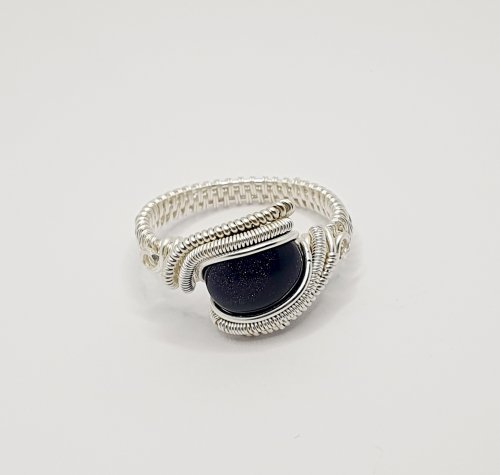
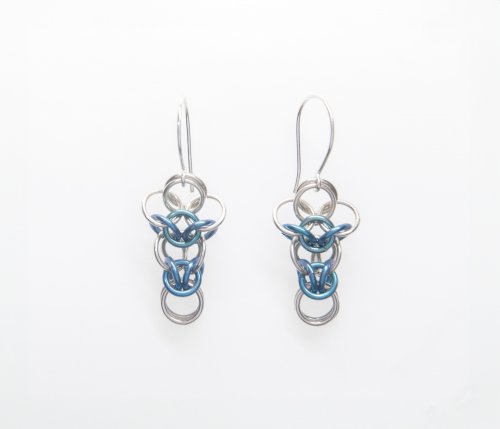
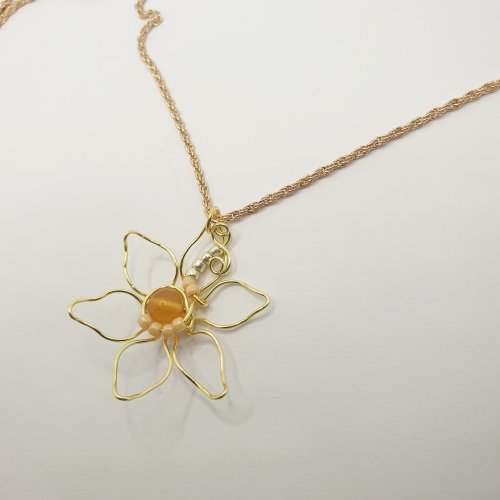

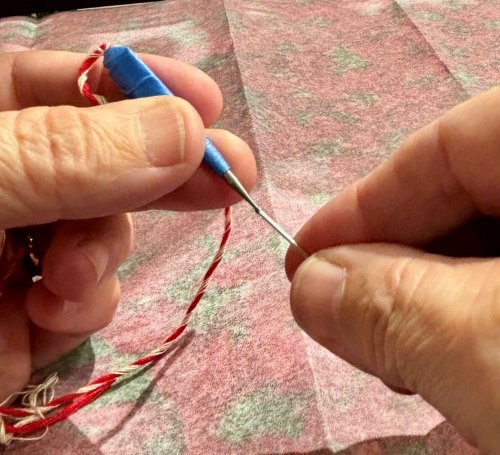
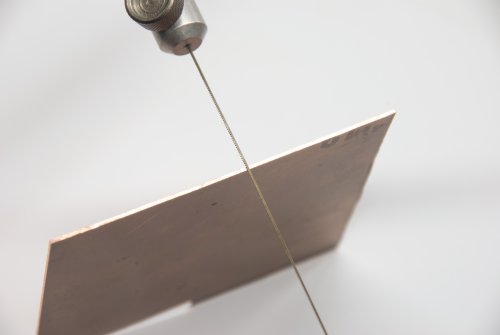
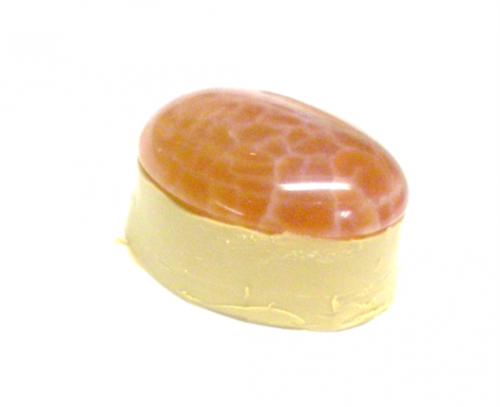

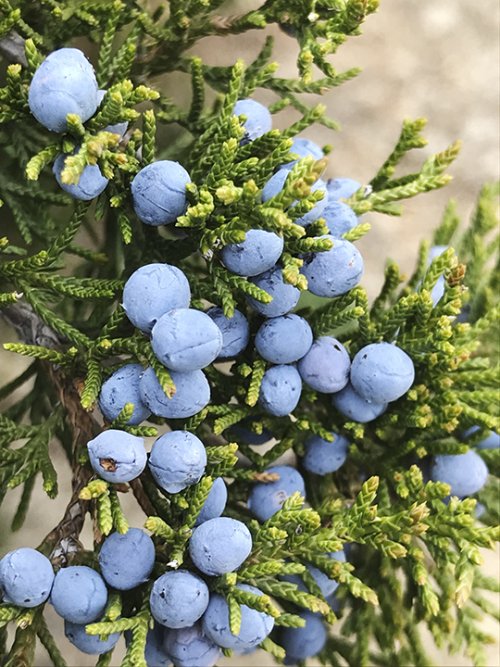


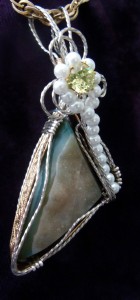

 Getting Twisted - Jewelry Making Tools
Getting Twisted - Jewelry Making Tools How to Price Your Wire Jewelry
How to Price Your Wire Jewelry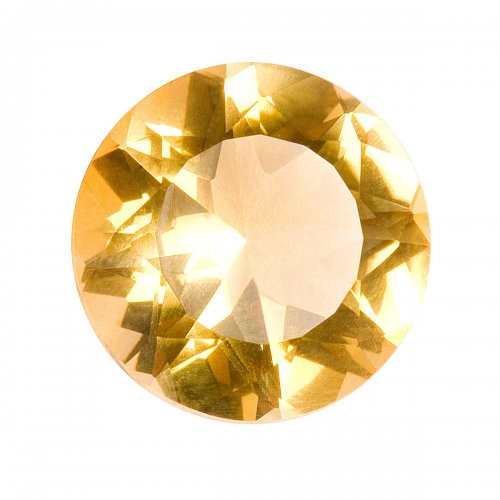 How to Measure Gemstones for Settings
How to Measure Gemstones for Settings Cool Anklets are HOT
Cool Anklets are HOT Inspiration Comes from Everywhere and Every Thing
Inspiration Comes from Everywhere and Every Thing Wire Jewelry Display and Booth Ideas
Wire Jewelry Display and Booth Ideas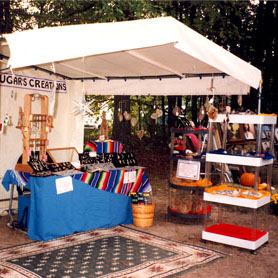 Where to Sell Your Wire Jewelry
Where to Sell Your Wire Jewelry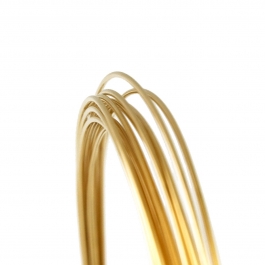 How to Choose Wire Temper for Making Jewelry
How to Choose Wire Temper for Making Jewelry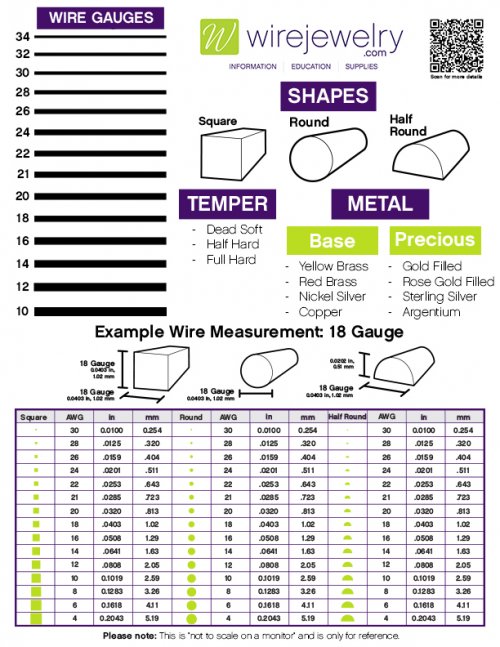 What Gauge of Wire Should I Use to Make Jewelry
What Gauge of Wire Should I Use to Make Jewelry What's a Cubic Zirconia Stone
What's a Cubic Zirconia Stone Rockhounding - A Beginner's Guide
Rockhounding - A Beginner's Guide What Shape of Wire Should I Use to Make Jewelry
What Shape of Wire Should I Use to Make Jewelry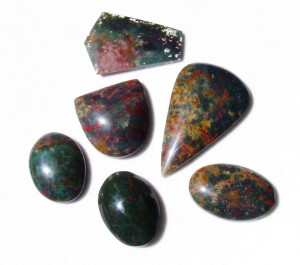 Gem Profile- Bloodstone
Gem Profile- Bloodstone Gem Profile- Picture Jasper
Gem Profile- Picture Jasper Gem Profile- Patterned Jaspers
Gem Profile- Patterned Jaspers Gem Profile- What is Jasper
Gem Profile- What is Jasper Gem Profile- Quartz Introduction
Gem Profile- Quartz Introduction Gem Profile- Wishful Turquoise
Gem Profile- Wishful Turquoise Gem Profile- Amethyst
Gem Profile- Amethyst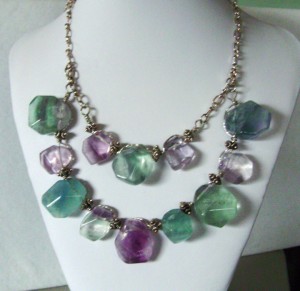 Gem Profile- Fluorite
Gem Profile- Fluorite Gem Profile- Obsidian
Gem Profile- Obsidian Gem Profile- Rose Quartz
Gem Profile- Rose Quartz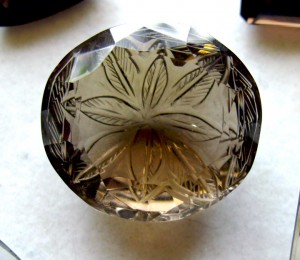 Gem Profile- Smoky Quartz
Gem Profile- Smoky Quartz Gem Profile- Citrine and Ametrine
Gem Profile- Citrine and Ametrine Gem Profile- Labradorite
Gem Profile- Labradorite Gem Profile- Rhodochrosite
Gem Profile- Rhodochrosite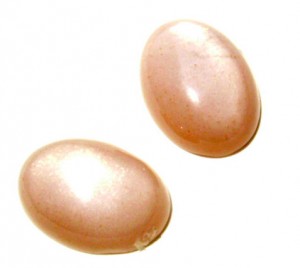 Gem Profile- Moonstone
Gem Profile- Moonstone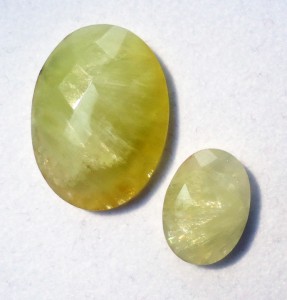 Gem Profile- Prehnite
Gem Profile- Prehnite Gem Profile- Jade
Gem Profile- Jade Gem Profile- Amazonite
Gem Profile- Amazonite Gem Profile- Corundum
Gem Profile- Corundum Gem Profile- Quartz with Inclusions Part 1
Gem Profile- Quartz with Inclusions Part 1 Gem Profile- Quartz with Inclusions Part 2
Gem Profile- Quartz with Inclusions Part 2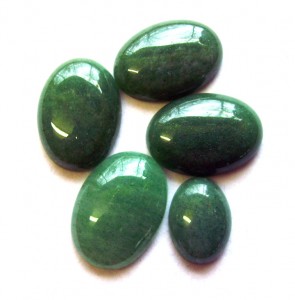 Gem Profile- Aventurine
Gem Profile- Aventurine Gem Profile- Macrocrystalline Quartz
Gem Profile- Macrocrystalline Quartz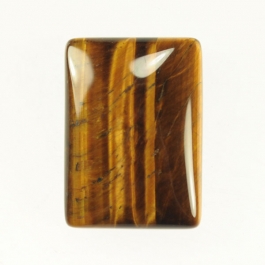 Gem Profile- Tiger Eye
Gem Profile- Tiger Eye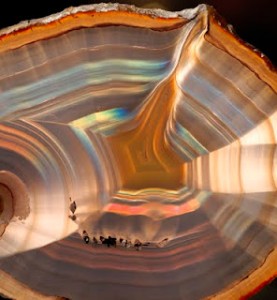 Gem Profile- Fire Agate and Iris Agate
Gem Profile- Fire Agate and Iris Agate Gem Profile- Amber
Gem Profile- Amber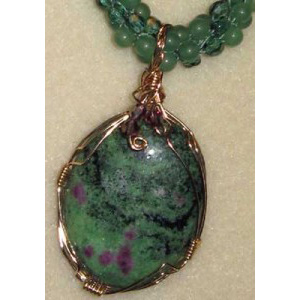 Gem Profile- Ruby Zoisite
Gem Profile- Ruby Zoisite Gem Profile- Ruby Fuchsite
Gem Profile- Ruby Fuchsite Gem Profile- Charoite
Gem Profile- Charoite Gem Profile- Moldavite
Gem Profile- Moldavite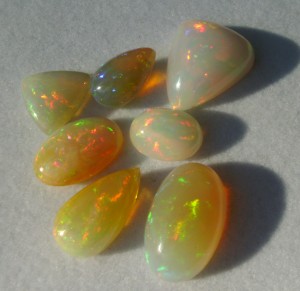 Gem Profile- White Precious Opal
Gem Profile- White Precious Opal Gem Profile- Opalized Fossils
Gem Profile- Opalized Fossils Gem Profile- Boulder Opal
Gem Profile- Boulder Opal Gem Profile- Black Precious Opal
Gem Profile- Black Precious Opal Gem Profile- Pyrite
Gem Profile- Pyrite Gem Profile- Opal Introduction
Gem Profile- Opal Introduction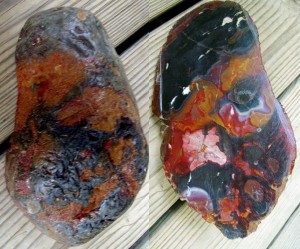 Gem Profile- Beautifully Colored Jasper
Gem Profile- Beautifully Colored Jasper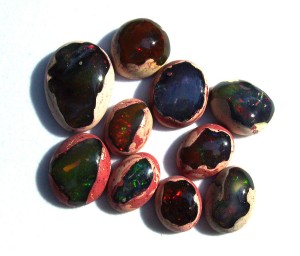 Gem Profile- Common Opal
Gem Profile- Common Opal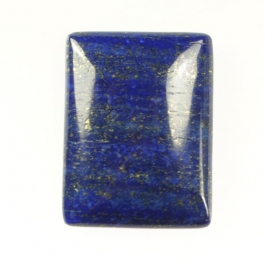 Gem Profile- Lapis Lazuli
Gem Profile- Lapis Lazuli Wire Sculpture Expert Dale -Cougar- Armstrong Interview
Wire Sculpture Expert Dale -Cougar- Armstrong Interview
